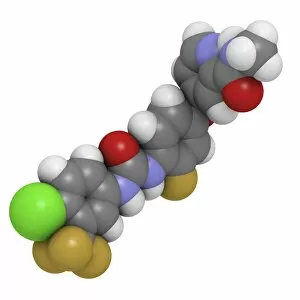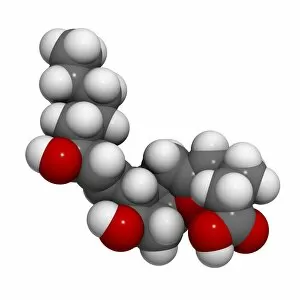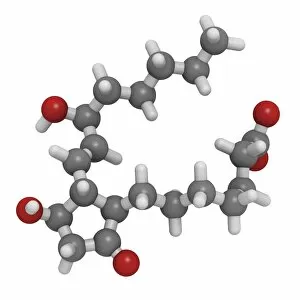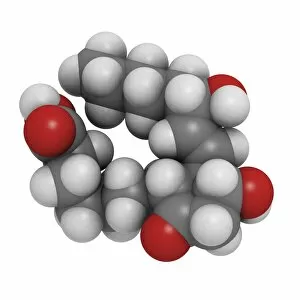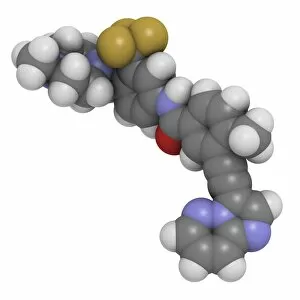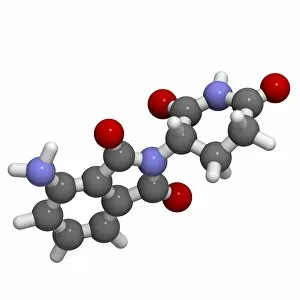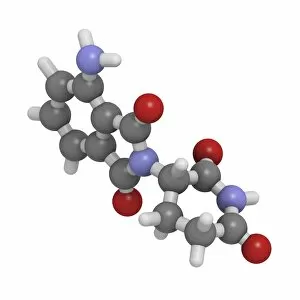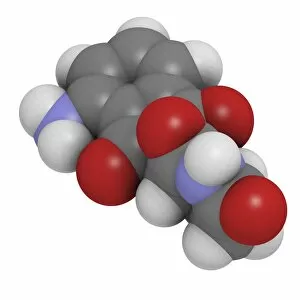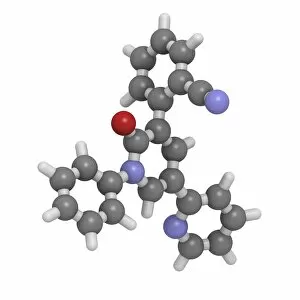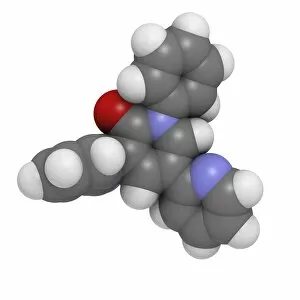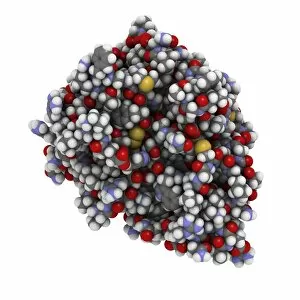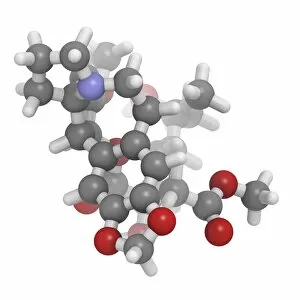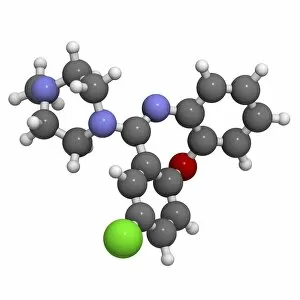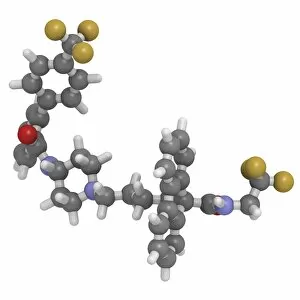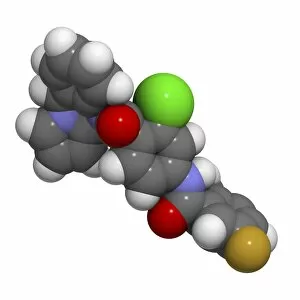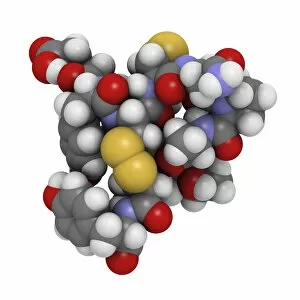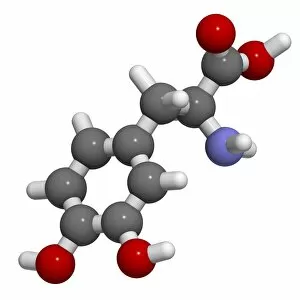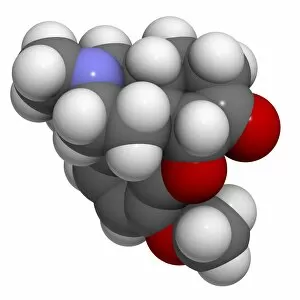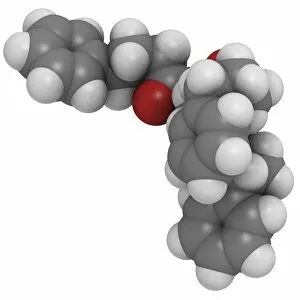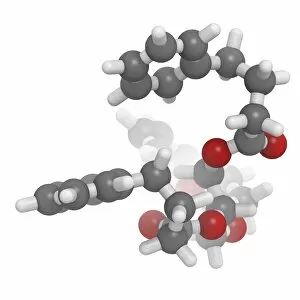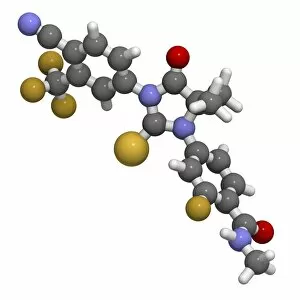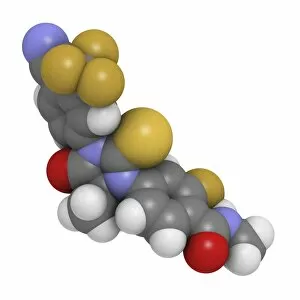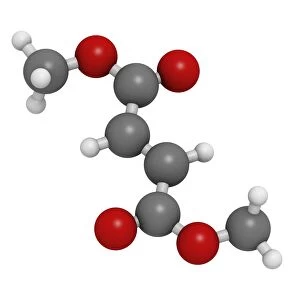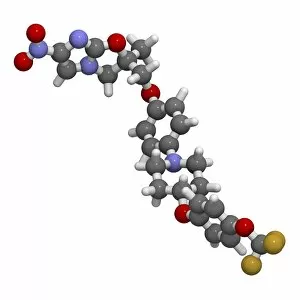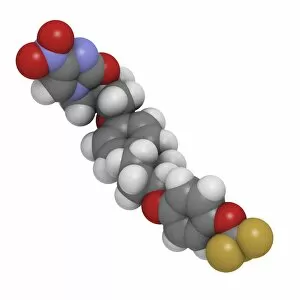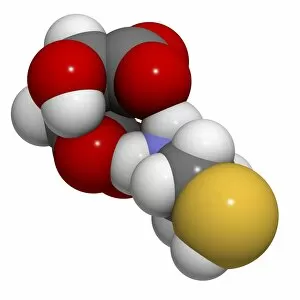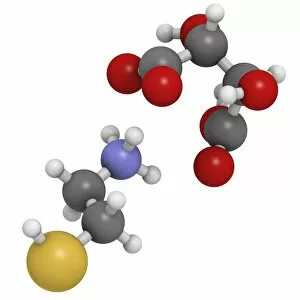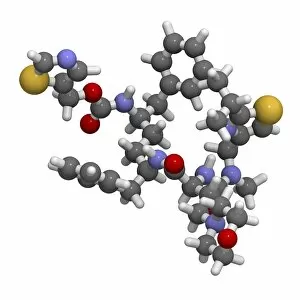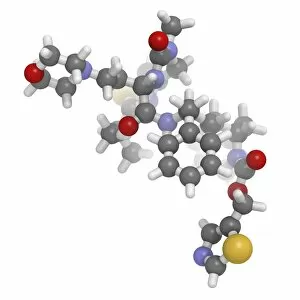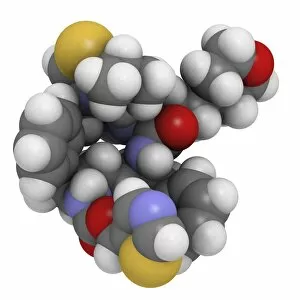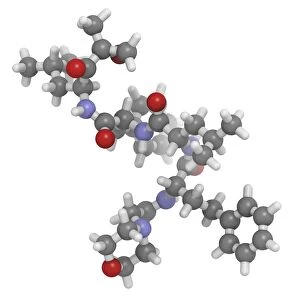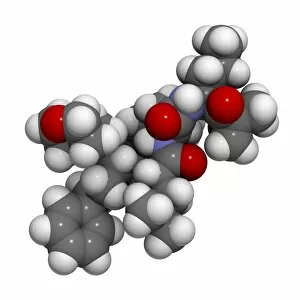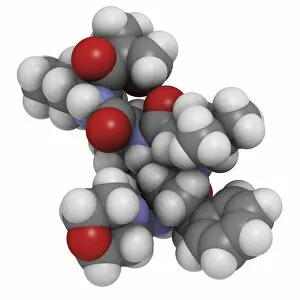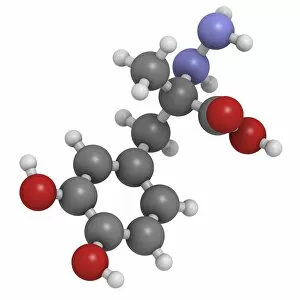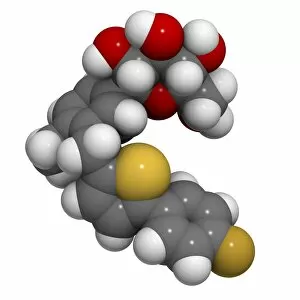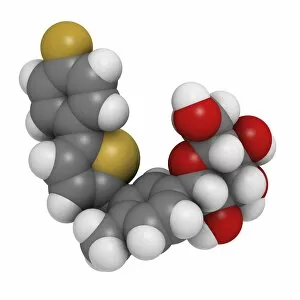Chemical Element Collection (#4)
Chemical elements are the building blocks of matter, as depicted in the standard periodic table
For sale as Licensed Images
Choose your image, Select your licence and Download the media
Chemical elements are the building blocks of matter, as depicted in the standard periodic table. With various element types, each possessing unique properties and characteristics, they form the foundation of our understanding of chemistry and the world around us. From hydrogen (H) to helium (He), from mercury (Hg) emission spectra to immunoglobulin G antibody molecules, these elements encompass a vast range of substances that shape our existence. The discoveries made by renowned scientists like John Dalton and Marie Curie have further expanded our knowledge about chemical elements. Marie and Pierre Curie's groundbreaking research on radioactivity paved the way for new understandings in physics and chemistry. Meanwhile, Humphry Davy's contributions as an English chemist revolutionized scientific exploration. Elements also find their applications beyond laboratories. In electrical engineering, bottle elements and Bunsen elements serve as voltage sources providing electrical energy. This technological advancement dates back to 1876 in Germany when these innovations were first introduced. The significance of chemical elements extends even further with their involvement in industrial processes such as electric phosphate smelting furnaces used for manufacturing purposes. These furnaces played a vital role during World War II in Muscle Shoals area, Alabama—a testament to how essential these elements are not only scientifically but also industrially. Intriguingly, chemical compounds derived from certain natural sources can have profound effects on human perception and consciousness. For instance, psilocybin drug molecule found in psychedelic mushrooms has been studied for its potential therapeutic benefits.

